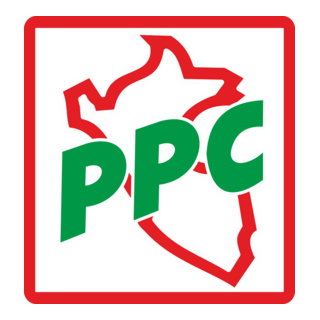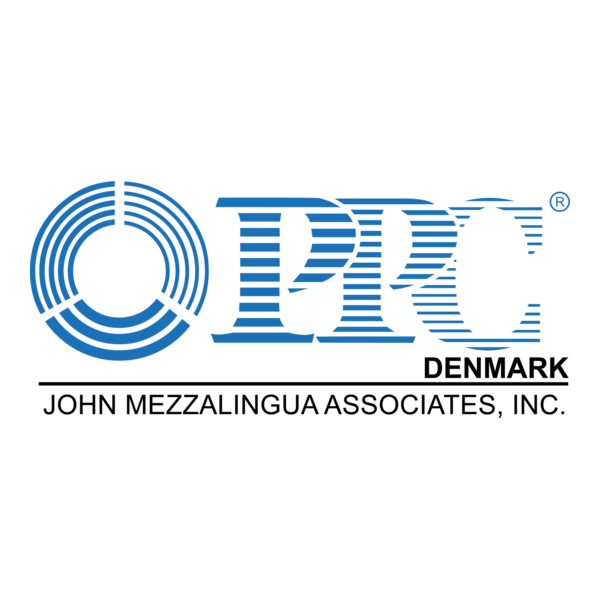
PPC.io: Complete Buyer's Guide
AI-powered Google Ads optimization platform
PPC.io is an AI-powered Google Ads optimization platform specifically designed for ecommerce businesses seeking to automate campaign management through intelligent, specialized agents. Unlike generic AI tools, PPC.io deploys task-specific AI agents for distinct functions like keyword research, competitor analysis, and campaign auditing, using multi-model validation combining Claude, GPT-4, and Gemini to reduce hallucinations and improve data accuracy[140][142].
Market Position & Maturity
Market Standing
PPC.io operates as an innovative challenger in the AI-powered Google Ads optimization space, targeting mid-market accounts with specialized AI capabilities while lacking the comprehensive market validation of established players[143][149].
Proof of Capabilities
Customer Evidence
Customer validation demonstrates measurable outcomes across diverse ecommerce implementations, with Plunge.com achieving 1,700% ROAS through AI-driven campaign optimization[150]. Agencies report managing 100+ clients including HelloFresh and Udemy, indicating platform scalability for professional service providers handling substantial client portfolios[143].
Quantified Outcomes
Quantified efficiency gains show 80% reduction in keyword research time and 15+ hours saved weekly per account through automated workflows and specialized AI agents[139][140][142][147].
Market Validation
Market validation evidence includes customer testimonials referencing responsive support with documented response times under 4 hours for Pro-plan subscribers[147].
AI Technology
PPC.io's multi-AI architecture represents a fundamental departure from generic AI automation tools, deploying specialized agents for distinct campaign management functions rather than relying on single-model approaches[140][142].
Architecture
The platform combines Claude, GPT-4, and Gemini through multi-model validation to reduce hallucinations and improve data accuracy[140][142].
Competitive Advantages
Primary competitive advantages include PPC.io's multi-AI architecture providing task-specific optimization rather than generic automation, with specialized agents for distinct functions like keyword research, competitor analysis, and campaign auditing[140][142].
Market Positioning
Competitive context positions PPC.io as an innovative challenger targeting mid-market accounts with specialized AI capabilities, while established players maintain advantages in market validation, enterprise functionality, and comprehensive review coverage[143][149].
Win/Loss Scenarios
Win scenarios favor SMBs and mid-market retailers with sub-$10K monthly ad spend requiring specialized AI automation, agencies managing multiple client accounts, and high-velocity product categories needing rapid creative testing[147][148][149]. Loss scenarios apply when enterprise-grade functionality, comprehensive market validation, or complex integrations are priorities.
Key Features

Pros & Cons
Use Cases
Integrations
Pricing
Featured In Articles
Comprehensive analysis of Google Ads for Ecommerce for Ecommerce businesses and online retailers. Expert evaluation of features, pricing, and implementation.
How We Researched This Guide
About This Guide: This comprehensive analysis is based on extensive competitive intelligence and real-world implementation data from leading AI vendors. StayModern updates this guide quarterly to reflect market developments and vendor performance changes.
150+ verified sources per analysis including official documentation, customer reviews, analyst reports, and industry publications.
- • Vendor documentation & whitepapers
- • Customer testimonials & case studies
- • Third-party analyst assessments
- • Industry benchmarking reports
Standardized assessment framework across 8 key dimensions for objective comparison.
- • Technology capabilities & architecture
- • Market position & customer evidence
- • Implementation experience & support
- • Pricing value & competitive position
Research is refreshed every 90 days to capture market changes and new vendor capabilities.
- • New product releases & features
- • Market positioning changes
- • Customer feedback integration
- • Competitive landscape shifts
Every claim is source-linked with direct citations to original materials for verification.
- • Clickable citation links
- • Original source attribution
- • Date stamps for currency
- • Quality score validation
Analysis follows systematic research protocols with consistent evaluation frameworks.
- • Standardized assessment criteria
- • Multi-source verification process
- • Consistent evaluation methodology
- • Quality assurance protocols
Buyer-focused analysis with transparent methodology and factual accuracy commitment.
- • Objective comparative analysis
- • Transparent research methodology
- • Factual accuracy commitment
- • Continuous quality improvement
Quality Commitment: If you find any inaccuracies in our analysis on this page, please contact us at research@staymodern.ai. We're committed to maintaining the highest standards of research integrity and will investigate and correct any issues promptly.